Putting a Narrative Loop around the Future
by Nicky Singer, plus Lauren St John talks about KAT WOLFE
Many moons ago, I asked my friend Tom Burke, then Director of Friends of the Earth, he what he really thought would happen if we failed to get to grips with increasing global temperatures. ‘Well,’ he replied, ‘you’d better be prepared to go to Scotland and take a gun’. The image stayed with me – but I didn’t know how to write the book he was telling me needed to be written. The subject was too big, too disempowering – people’s eyes glazed over when you mentioned it.
Years later, a chance encounter with a real climate-change story (melting ice-graves on the Arctic island of Herschel) gave me a way in to the subject and I wrote a play – Island – for the National Theatre, which I later re-wrote as a novel. The book made the Carnegie longlist and was routinely called ‘beautiful’, ‘calm and magical’ and ‘full of wisdom’, but somehow the Arctic setting meant that, for most people, the drama was just too far away – both geographically and emotionally. Not our problem.
Then came the migrant crisis – and the hardening of attitudes and borders. And now the girl with the gun came back to nag me. Might her story intersect with this new anxiety? And why were we so anxious anyway, so lacking in empathy? I began to think it might be because for us in the north (in Europe particularly) the migrant is almost always ‘other’, as we are not the displaced, the ones forced to travel. So here was my challenge: could I finally bring this story ‘home’? Write about a very near future where one of those displaced people could truthfully be you – or me?
The result was The Survival Game: the girl with the gun, Mhairi, and the story about what she’s prepared to risk – or sacrifice – to get to safety in a climate changed world. It seems that this story has hit harder (published in numerous territories, already optioned for film etc) but it ran into the sand in America. Six major publishers put in bids, offering eye-watering amounts of money - but only if I’d change the ending. I refused. Disney didn’t seem quite where we’re headed.
But I thought I’d check in with my friend Tom again, who now heads up the independent climate think tank E3G. He doesn’t think we’re headed for Disney either, in fact the only change in his advice re Scotland is to get there quicker and take some friends. I got out my list of additional climate questions. ‘Let’s talk about story,’ he said. ‘Story is the only thing that matters. Facts don’t persuade people, stories do.’
I didn’t need asking twice. So, what does Tom want from story makers now?
He explained it like this: about 5000 years ago a guy turned up on Salisbury Plain and told the subsistence farmers there a story. The farmers had a life expectancy of about 20-30 years and were beset with forces they couldn’t control; wild beasts, pathogens, raiders, extreme weather events etc. Plenty to be getting on with. But whatever the storyteller said, made then get up, walk 150 miles to the North West, dig up a bunch of huge stones and drag them back to the Plain, erecting them into what we now know as Stonehenge.
What on earth did the storyteller say?
In terms of time and technology, the achievement of those farmers is, Tom suggests, equivalent to the mountains we must move to save ourselves from climate catastrophe. Only instead of persuading a bunch of farmers, we have to persuade the 8 billion people currently on earth. And we don’t have a story.
So – I hazarded, you’re saying, as writers, we’ve failed in our job?
Yes, Tom said. (He doesn’t get to address governments about this stuff without being straight talking.) Put another way, the sci-fi dystopian stuff, is only half of the job. In order to create a better future, Tom believes we need to be able to imagine it first. We need to have an image as strong as the Garden of Eden to aim towards. ie it has to be aspirational, something as big as god was before the death of religion or as reason before the demise of the Enlightenment. A story, if you like, outside all normal boundaries.
Piece of cake, eh?
I know what you’re thinking, because I was thinking it too. What Tom actually wants is a Good News story and ‘as any fule kno’, good news is death to story makers which is why eg Paradise Lost is a marvel and Paradise Regained – isn’t.
Just before anyone throws in the towel here, let me (or rather Tom) re-cap on timescale and context. Unless we’ve seriously decarbonized by 2050 then we’ve had it, not as a species (some of us will survive, of course) but as a civilization. It’s already beginning to happen (increased tribalism, nationalism, rats in sacks) but it won’t come with a label on. Another of Tom’s stories (hey, why doesn’t he do this job himself?) is the Persian Carpet analogy: the pattern on a carpet in an area of high traffic gets worn away. But not at the same rate everywhere, for a long time, there will still be islands of colour among the faded bits, and you’ll still be able (just) to imagine the pattern. Then, one day, a seemingly small erasure will tip the balance. Substitute order/disorder for pattern and fray and you get the picture. This, incidentally is why Tom thinks the scenario in The Survival Game is ‘just a matter of time’ because there’s an island of functionality (Arran) and many patches of fray on the journey from the Sudan. Meanwhile, as a comparator, no-one will be going on holiday to Southern Spain or Italy in 50 years’ time. It will be too hot to be pleasant.
So – back to the challenge. What’s the story? Can we make ‘a narrative loop around the future and make it accessible’? We’ve unlocked the secrets of the cell and the atom but not the nucleus of wisdom.
So – one helluva big story needed and not much time. Who’s up for it?
You can find out more about The Survival Game here.
Tom Burke is the Head of Climate Change Think Tank E3G
Nicky Singer has written four novels for adults, two books of non-fiction but most of her recent work is for young people. Her first children’s novel Feather Boy won the Blue Peter ‘Book of the Year’ Award, was adapted for TV (winning a BAFTA for Best Children’s Drama) and then commissioned by the National Theatre as a musical with lyrics by Don Black and music by Debbie Wiseman. Her new novel The Survival Game is a migration road-movie about a girl with a bullet-less gun and what she’s prepared to risk – or sacrifice – to stay alive in a climate ravaged world. If you want to join the conversation about how to keep our planet beautiful and our future bright, check the #ChooseLovetoSurvive campaign.
New Release
Science writer Isabel Thomas talks to the acclaimed Middle Grade author and founder of Authors4Oceans, Lauren St John, about her books.
Isabel: Congratulations on the publication of Kat Wolfe on Thin Ice, the third adventure in the Wolfe and Lamb mysteries series! What can readers expect if they are discovering the series for the first time?
Lauren: Writing Kat Wolfe Investigates, the first book in the series, was one of the most enjoyable, fun experiences of my life. In the opening chapter, Kat Wolfe, the daughter of a busy city vet, encounters a burglar. What happens next changes their destiny. But after they move to the Jurassic Coast and Kat opens a pet-sitting agency, her very first client disappears under suspicious circumstances. Kat’s new best friend, American Harper Lamb, joins Kat in solving the case. They’re assisted by Tiny, Kat’s wild cat, and other unruly animal friends.
Isabel: What can fans expect from the third instalment?
Lauren: In Kat Wolfe on Thin Ice, a series of unfortunate events result in Kat and Harper finding themselves alone in a snowbound cabin in America’s Adirondack wilderness with a snowstorm moving in. When Kat realises that she might have been the last person to see a missing girl, presumed kidnapped, she and Harper get on the case, helped by a team of huskies and a naughty racoon.
Isabel: Each Wolfe and Lamb adventure deftly weaves in environmental and conservation issues. Was this tricky?
Lauren: Conservation and animals are so much a part of my daily life that I focus on the plot and adventure first and I think the nature parts of my book come sort of naturally. The only book where I’ve found getting the balance right hard was Kat Wolfe Takes the Case, where extinction and climate change are intertwined with the plot. I wanted the book to have lots of hope and humour in it too. Fortunately. Kat’s pet-sitting agency allowed me to put it a mischievous python and other funny animal characters. One of the things I love most about animals is how strongly individual and full of personality they are if you take the time to get to know them. I’ve known a lot of funny animals, including pythons, and have lots of memories to draw on.
Isabel: Tell us about Wave Riders, your new standalone novel, out on June 10th.
Lauren: Wave Riders is about twelve-year-old twins, Jess and Jude, who live a dream life sailing from one exotic destination to the next with their guardian, Gabriel Carter. But after Gabe vanishes and a storm smashes everything, they’re left orphaned and alone. When a wealthy, glamorous family offer them a home, everybody tells them they’re the luckiest children in the world. But the Blakeney’s stately mansion is full of secrets – secrets that seem entangled with the twins’ own fate. As they race to uncover the truth, Jess and Jude must confront their deepest fears. How do you solve a mystery when that mystery is you?
Isabel: As well as being part of the Climate Writers’ League, you launched Authors4Oceans to campaign against single-use plastic. Why do you think the words of authors in particular can have such a powerful impact on readers' awareness of environmental issues?
Lauren: I think that stories have the capacity to move and inspire children in a way that no amount of dry news articles or facts can do. I vividly remember the impact books such as Black Beauty, Paul Gallico’s The Snow Goose or Patricia Leitch’s For Love of a Horse or The Summer Riders, all of which have strong themes around compassion not just towards animals and the natural world, but also humans. To me, social justice and environmental justice go hand in hand. In my experience, people who are cruel to animals or chop down rare forests and use bee-killing pesticides are cruel to humans and vice versa.
What’s so powerful and wonderful about the writing of some of our Authors4Oceans members – I’m thinking of authors such as Gill Lewis, Piers Torday, Nicola Davies and, of course, Robert McFarlane and Jackie Morris, who created the magnificent Lost Words – is that they tell moving, exciting stories that also change minds and hearts. I’ve tried to do the same with my White Giraffe series and through books like The Snow Angel. I’m hugely hopeful that young readers of today will grow up to make the world a better place.
Isabel: What sorts of feedback do you get from readers on the environmental, conservation and sustainability themes in your books?
Lauren: The best thing about being a children’s author is receiving letters and emails from kids who have been inspired to save wildlife and/or the environment after reading my books. I’ve been a children’s writer just long enough that some of those kids are now adults and have gone on to become wildlife cameramen or volunteer on game reserves or study environmental science. It’s so utterly lovely and inspiring. Nothing makes me happier.
Isabel: I first fell in love with your writing in The One Dollar Horse. I loved the detail of a single-parent family lovingly cooking ambitious meals without most of the ingredients because they were unaffordable. It captured something I remember very fondly from my childhood – so much love despite tough circumstances.
Lauren: Oh, I’m so glad you enjoyed The One Dollar Horse! That series and The Glory, my standalone YA horse book, have a special place in my heart. I loved writing and researching them. Growing up on a farm in Zimbabwe, I used to dream of being an eventer, so writing those books was a joy because I sort of got to live out my dreams vicariously. The bond I had with my own horse, Morning Star, who was my best friend when I was a teenager, inspired The One Dollar Horse. I could totally relate to Casey Blue’s love for Storm, the horse she rescues. I could also relate to her struggles to realise her dreams against all the odds and with no money in an expensive and sometimes elitist sport.
As far as possible, I want the characters, places and adventures in my books to feel authentic, so I’ve always tried my best to travel to the places and have some of the experiences I write about. I went to the Bazaruto Archipelago in Mozambique to research Dolphin Song, rode a palomino mustang through the snowy mountains of Wyoming to research The Glory and took a five-day RYA (Royal Yachting Association) course to learn to sail in order to be able to write the technical bits in my new book, Wave Riders.
Isabel: When you're building characters and their traits and habits, how much do you draw on people you know in real life?
Lauren: Some of my villains have characteristics of baddies I hear about, read about or encountered when I was a journalist. Politicians, spies, spoilt celebrities or hapless burglars or whatever. I never consciously do it with the good people in my books, although in some cases I’ve probably drawn on the essence of people I’ve known. For instance, Mrs Smith, Casey Blue’s teacher, is definitely influenced by some of my favourite elderly friends.
Kat Wolfe, like Laura Marlin and Tariq or Makena in the Snow Angel isn’t inspired by anyone in real life. She just sort of arrived fully-formed in my head one day. Within a week, I felt I knew her. That said, I’m sure there’s bits of me in her.
Isabel: I often find that when I'm writing middle-grade non-fiction, such as This Book is Not Rubbish, or This Book Will (Help) Cool the Climate, I'm led and inspired by the young people I know and work with – they have as much to teach me as I do them! Do you go through a similar process when crafting your novels?
Lauren: I definitely agree about young people having as much to teach me as I do them. More so, in many cases. I am in awe of incredible Dara McAnulty, author of Diary of a Young Naturalist, and of my fellow Born Free Foundation ambassador, Bella Lack, who is writing her own book. They give me hope for the future of the natural world.
Isabel: The last year has been very tough for so many reasons. One of these for me is the worry that environmental awareness has taken backwards steps, compared with the end of 2019 when the School Climate Strike movement had given it so much momentum. We see this in big ways (e.g. the postponement of the COP26 climate conference) and a million small ways – for example plastic masks tangled in hedgerows and floating in rivers have become an everyday sight.
Lauren: You’re absolutely right about the pandemic derailing the climate change movement and I’ve been absolutely horrified at the amount of litter and plastic in the fields and woods in the beautiful area where I live. The slump in fortunes of many companies and the block on travel also means that the funding of many environmental charities has been slashed or stopped altogether.
Isabel: What would your message be to young people thinking, what next?
Lauren: Being in lockdown has given many people the chance to appreciate nature in a way they’ve never had the chance to do before. People are taking ‘birdsong’ classes on YouTube and making bee hotels and watching otters and raptors on livestream cameras. It’s amazing. Hardly anyone is flying, which hopefully is cutting pollution too. Those things give me hope.
When The White Giraffe was published in 2006, I realised that conservation was completely missing from the curriculum of most UK schools. I approached the Born Free Foundation about working on a schools project called Animals are NOT Rubbish to get kids and teachers thinking about endangered animals. It’s been incredible to see the picture in schools change since that time.
Personally, I think that conservation and climate change should play as big a part in the curriculum as maths or English. Unless we address those things as humans, we’ll have no future. However, it’s also wonderful seeing children and schools embrace those things in a huge way. All credit to Greta Thunberg and the school strikers for standing up and demanding that grown-ups, governments and companies change their habits and thinking in order to save our world.
Isabel: You've previously written about becoming an 'overnight success' after 10 years of hard writing graft! There is this ongoing paradox in this industry that loves debuts and yet also values the work of established writers who have really honed their craft.
Lauren: You’re absolutely right; it is an ongoing paradox. I love reading debut authors and the energy around new voices and dazzlingly original ideas, but it’s important to celebrate experience too. After all, writing is one of the few professions where you should, theoretically, get better as you get older.
Isabel: What are your tips for establishing a long and successful writing career?
Lauren: My career has had so many ups and downs and years and years of struggle that, before I wrote The White Giraffe, I spent a couple of years trying to figure out how else I might make a living. I’m so grateful to the readers who’ve supported my children’s books over the years, and feel so grateful that I’ve been able to do what I love. To anyone considering being a writer, my advice would be to write the books that are in your heart, as opposed to those that you think publishers might be buying, and put everything you have into them. Children, especially, read between the lines. They know when an author really believes in their story or feels deeply for their characters and they respond to that.
Isabel: Thank you so much Lauren! And just before you go, which books have inspired you recently?
Lauren: I adored Gill Lewis’s A Street Dog Named Pup (out in April) and Hilary McKay’s The Swallow’s Flight (out in May). Both are beautiful, stunningly well written books. Highly recommended.
Kat Wolfe on Thin Ice is out now. Wave Riders is published by Macmillan Children’s Books on 10 June 2021.
Lauren St John grew up surrounded by horses, dogs, cats, a warthog and a pet giraffe on a farm and game reserve in Zimbabwe, the inspiration for her bestselling White Giraffe, Laura Marlin and One Dollar Horse series. Kat Wolfe on Thin Ice, her third Wolfe & Lamb mystery, will be out in January 2021. Lauren is an Ambassador for Born Free, a Patron of Mane Chance Animal Sanctuary and the founder of Authors4Oceans, a coalition of children’s authors campaigning against plastic pollution and dolphins in captivity.
Isabel Thomas is a science/nature writer and the author of several books for young readers that explore human impact on the natural world, including Moth: An Evolution Story, Fox: A Circle of Life Story, This Book is Not Rubbish and This Book Will (Help) Cool the Climate.
Climate Change in the News
Stopping Carbon Pollution by 2050 Would Add $1 Trillion to the Economy [Gizmodo]
Global Action Is ‘Very Far’ From What’s Needed to Avert Climate Chaos [NY Times]
THE CLIMATE CONTROVERSY SWIRLING AROUND NFTS [The Verge]
Video panel: League founder Lauren James talks to climate activists Dr. Sinead Collins, Laura Lam and Dr. Johanne Vad, whose work looks at animal behaviour around oil rigs
Teaching Resources
Are you an educator or librarian? We’d love to hear how you teach your students about climate change, to help guide our work in the future. You can fill out a survey here.
See below for a book-related teaching quiz about water resources.
Memory of Water, written by Emmi Itäranta, explores a setting in which clean water is a scarce and controlled commodity. The book is set in a post-war Finland which has been taken over by a foreign power. Rising sea levels, war, and other environmental factors have eradicated many sources of water. Access to clean water is limited and under military control. The possession of any secret water source, such as a well or a spring, is a crime punishable by death.
The book is written from the perspective of seventeen-year-old Noria as she takes over the responsibilities of tea master from her father. A position which will force Noria to know of, and protect, a secret spring. A spring her family has taken care of for generations. After the death of her father, Noria must decide whether to keep the spring safe or go off on her own in pursuit of knowledge.
As clean water becomes an ever-scarcer commodity in our world, Memory of Water invokes a sense of alarm within its reader. The dystopian setting that Noria is forced to contend with seems like a not-so-distant future to the modern reader. How much water are we using? And how long can we continue to take clean water for granted without repercussions?
Although the idea of clean water running out is uncomfortable, it is important to address. It is especially important to take note of how much water we are currently using, so we can find ways to eliminate practices that waste and/or deplete our fresh water supply.
Test your knowledge of water usage within the UK by taking our quiz!

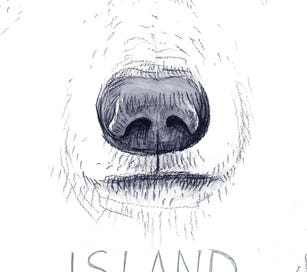



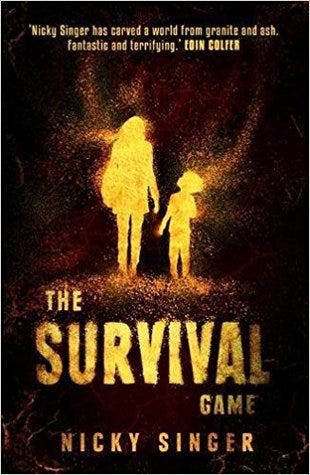
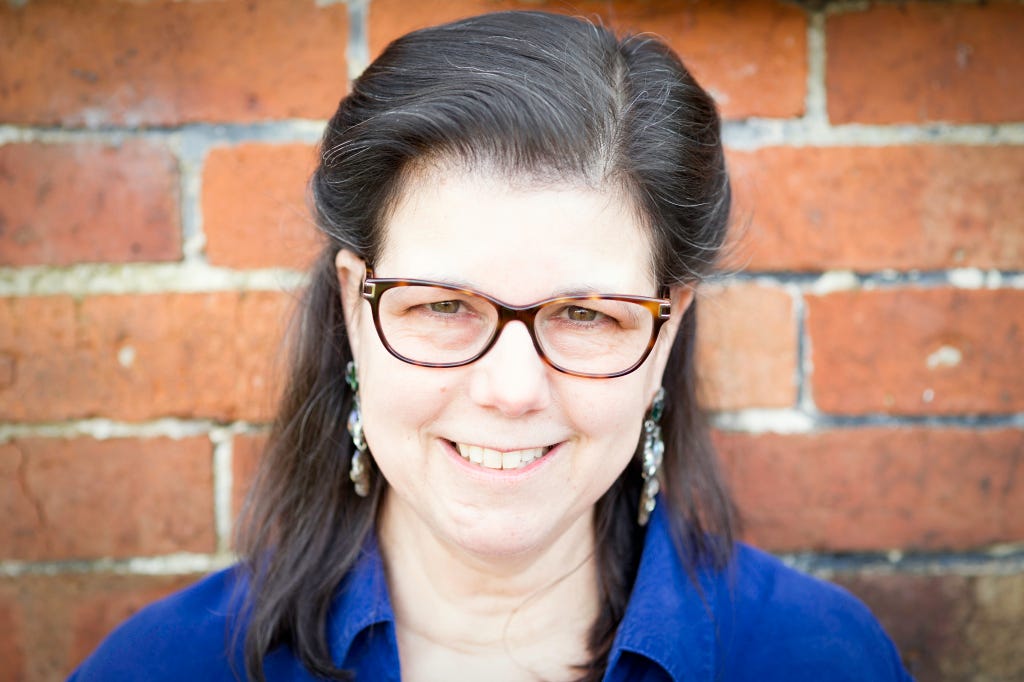
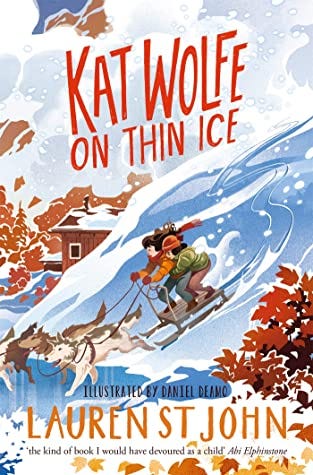
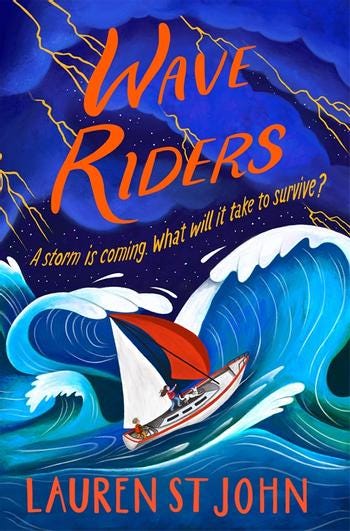
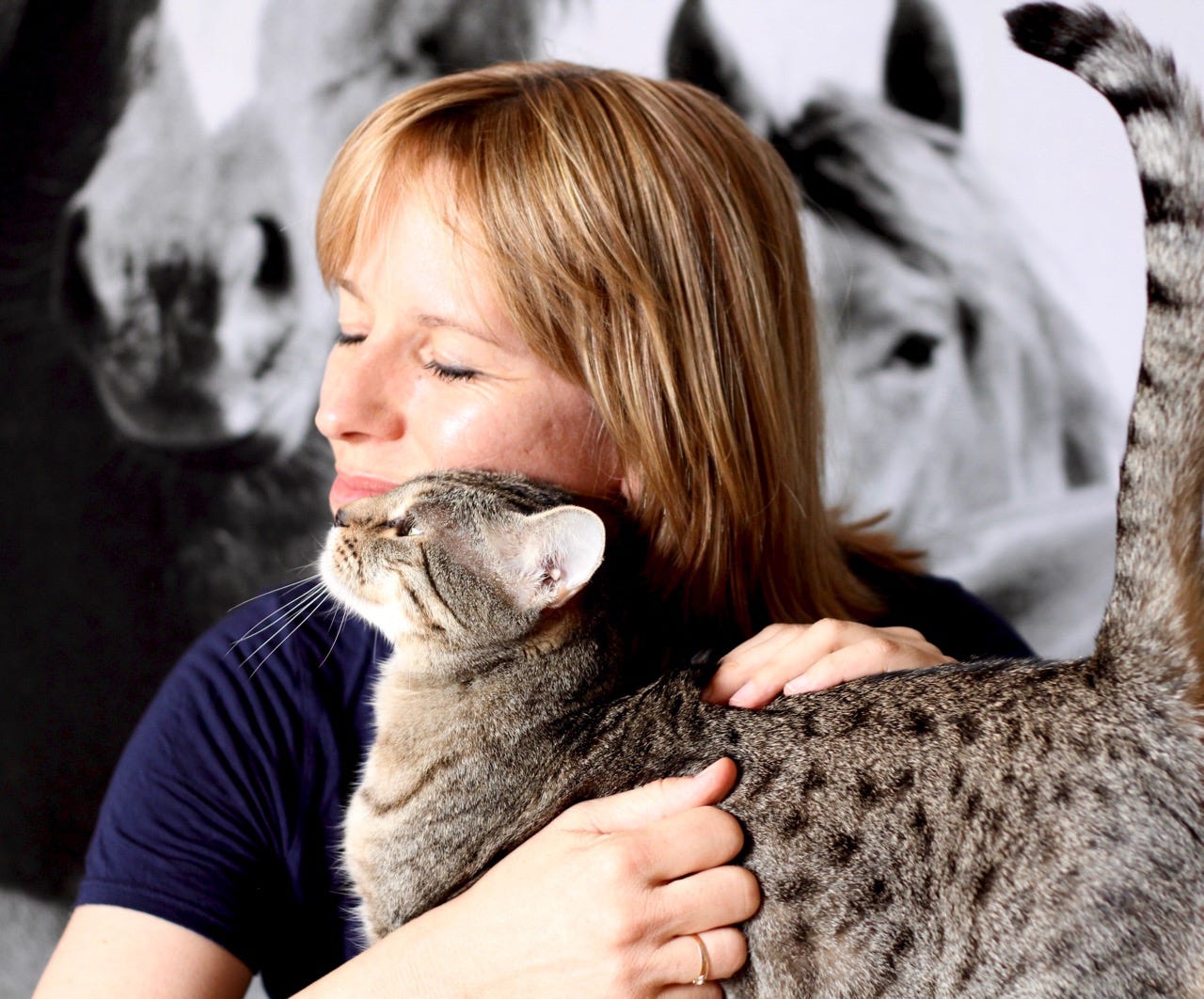
Thank you so much for this thoughtful and timely article about the challenges of climate fiction. As a writer of middle grade fiction I truly appreciate the way the article has highlighted the need for addressing climate change in a way that connects readers, on an emotional level, to the characters in the narrative.